Home>Home Appliances>Home Automation Appliances>What Temperature To Set Thermostat When Away In Winter
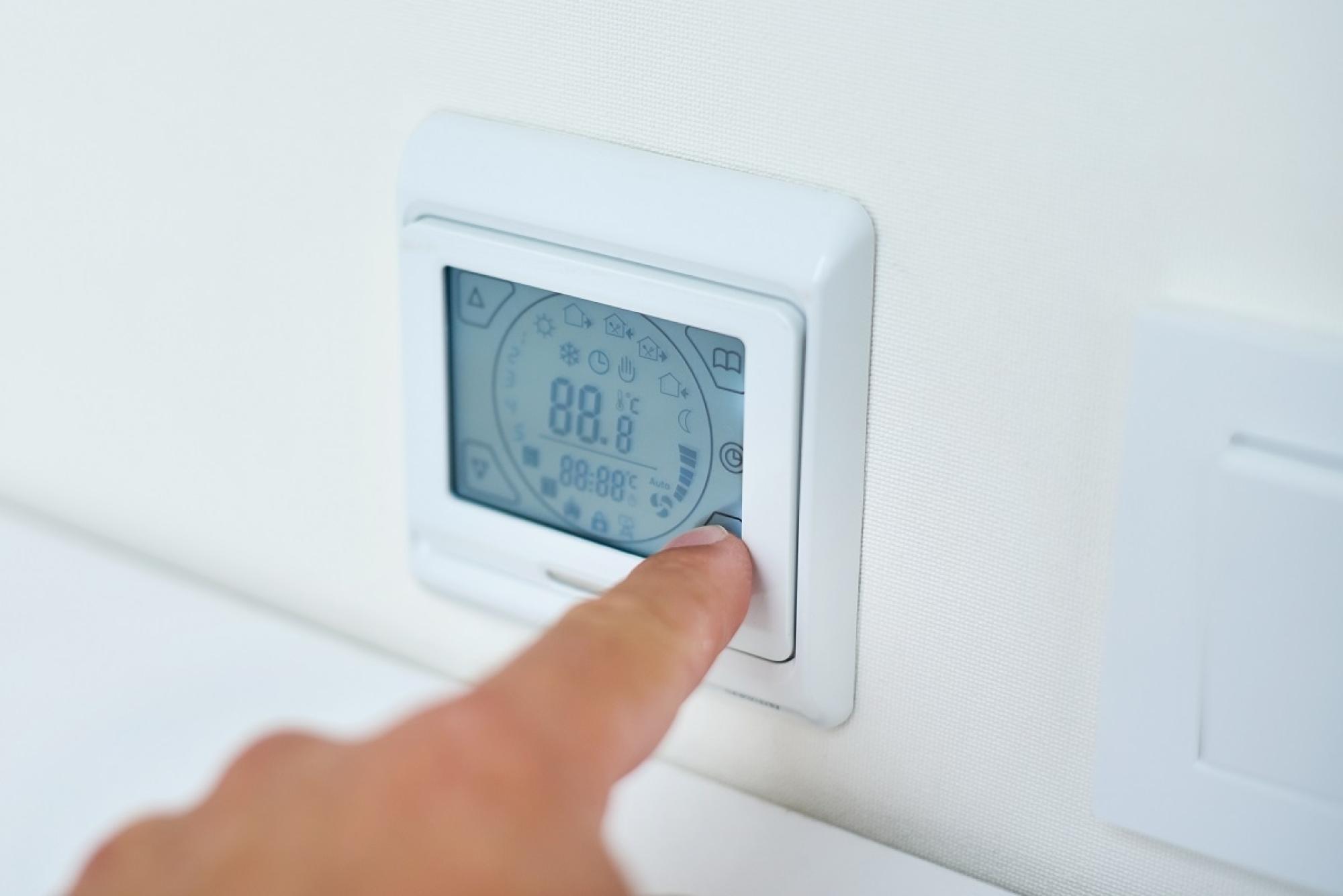

Home Automation Appliances
What Temperature To Set Thermostat When Away In Winter
Modified: January 6, 2024
Keep your home energy-efficient while away in winter with smart home automation appliances. Learn the ideal thermostat temperature settings for maximum savings.
(Many of the links in this article redirect to a specific reviewed product. Your purchase of these products through affiliate links helps to generate commission for Storables.com, at no extra cost. Learn more)
Introduction
As the chill of winter sets in, many homeowners find themselves grappling with the age-old question: what temperature should I set my thermostat to when I’m away? This is a crucial consideration, as it not only impacts the comfort of your living space but also plays a significant role in energy conservation and cost savings. Striking the right balance between warmth and efficiency is key to ensuring a cozy home while minimizing energy consumption. In this comprehensive guide, we will delve into the importance of setting the right temperature, provide valuable energy-saving tips, and offer insights into the best thermostat settings for when you’re away during the winter months.
Key Takeaways:
- Set your thermostat to 50-55°F when away in winter to save energy and prevent frozen pipes. Use smart thermostats for remote monitoring and energy-efficient temperature adjustments.
- Implement energy-saving tips like sealing leaks, using natural heat, and scheduling maintenance to conserve energy and reduce heating costs during winter.
Importance of Setting the Right Temperature
Setting the right temperature on your thermostat is not only essential for maintaining a comfortable indoor environment but also holds significant implications for energy efficiency and cost savings. Here’s why getting the thermostat settings right is crucial:
- Energy Conservation: Proper thermostat management can lead to substantial energy savings. According to the U.S. Department of Energy, you can save about 10% per year on heating and cooling costs by adjusting your thermostat by 7-10 degrees Fahrenheit for 8 hours a day. This means that setting the thermostat to a lower temperature when you’re away in the winter can result in noticeable reductions in energy consumption.
- Cost Savings: By optimizing your thermostat settings, you can effectively reduce your energy bills. The cumulative impact of energy-efficient temperature management can lead to significant savings over time, making it a financially prudent practice.
- Environmental Impact: Lowering your thermostat when you’re away not only benefits your wallet but also contributes to environmental conservation. By consuming less energy, you are reducing your carbon footprint and helping to mitigate the impact of heating on the environment.
- Equipment Longevity: Consistently maintaining a moderate temperature can prolong the lifespan of your heating system. By reducing the strain on your HVAC equipment, you can minimize wear and tear, potentially extending its operational efficiency and lifespan.
- Peace of Mind: Setting the right temperature on your thermostat when you’re away provides peace of mind. You can rest assured that your home is being adequately heated to prevent issues such as frozen pipes, while also optimizing energy usage to avoid unnecessary expenses.
By understanding the significance of thermostat settings, you can make informed decisions that benefit both your comfort and your financial well-being.
Energy Saving Tips
When it comes to optimizing energy usage and reducing heating costs during the winter, implementing energy-saving practices can make a substantial difference. Here are some valuable tips to help you conserve energy while maintaining a comfortable indoor environment:
- Programmable Thermostat: Investing in a programmable thermostat is a smart way to automate temperature adjustments based on your daily schedule. This allows you to set lower temperatures when you’re away and ensure a warm home upon your return, all while minimizing energy consumption.
- Sealing and Insulation: Properly sealing windows, doors, and any air leaks can prevent heat from escaping, improving the overall efficiency of your heating system. Additionally, adequate insulation in attics, walls, and basements helps retain heat, reducing the need for continuous heating.
- Natural Heating: Take advantage of natural heat sources during the day by opening curtains or blinds to allow sunlight to warm your home. At night, closing them can provide an extra layer of insulation, helping to retain heat.
- Regular Maintenance: Schedule routine maintenance for your heating system to ensure optimal performance. Clean or replace filters as needed, and have a professional inspect and tune up your HVAC equipment to maximize efficiency.
- Zoned Heating: If feasible, consider implementing zoned heating to independently control temperatures in different areas of your home. This allows you to reduce heating in unoccupied spaces, further conserving energy.
- Smart Home Technology: Explore the use of smart home devices, such as smart thermostats and occupancy sensors, to automate temperature adjustments and optimize energy usage based on occupancy patterns.
- Nighttime Settings: Lowering the thermostat at night, when extra blankets and cozy bedding can provide warmth, is an effective way to conserve energy without sacrificing comfort.
By incorporating these energy-saving tips into your winter heating routine, you can effectively manage your energy consumption and reduce heating costs while ensuring a comfortable home environment.
Set your thermostat to 50-60°F when away in winter to save energy. This will prevent pipes from freezing while keeping your home from getting too cold.
Best Temperature for Thermostat When Away in Winter
Determining the optimal thermostat setting when you’re away during the winter involves finding a balance between energy conservation and preventing potential issues such as frozen pipes. Here are some recommended temperature guidelines to consider:
- Around 50-55°F: When away for an extended period, such as a weekend getaway or a vacation, setting the thermostat to around 50-55°F is generally advisable. This temperature range is sufficient to prevent pipes from freezing while minimizing energy consumption.
- Programmable Thermostat Settings: Utilize the programmable features of your thermostat to automatically adjust the temperature based on your absence. Program the thermostat to lower the temperature when you’re away and raise it shortly before your anticipated return, ensuring a comfortable home upon arrival.
- Consider Your Location: If you live in a region with extremely cold temperatures, adjusting the thermostat to a slightly higher setting, such as 55-60°F, may be more suitable to provide additional protection against freezing pipes.
- Occupancy Patterns: Take into account your typical schedule and occupancy patterns. If your home is unoccupied during the day due to work or other commitments, adjusting the thermostat to a lower setting can lead to significant energy savings.
- Remote Monitoring: If possible, consider a smart thermostat with remote monitoring capabilities. This allows you to adjust the temperature settings from a distance, ensuring that your home remains adequately heated while you’re away.
By adhering to these temperature recommendations and leveraging the capabilities of modern thermostats, you can effectively manage your heating system to maintain a balance between energy efficiency and the protection of your home during winter absences.
Conclusion
Setting the thermostat to the appropriate temperature when you’re away during the winter is a critical aspect of home management that encompasses comfort, energy efficiency, and the preservation of your living space. By understanding the importance of thermostat settings and implementing energy-saving practices, you can strike a balance between maintaining a cozy home environment and conserving energy.
Optimizing your thermostat settings, investing in programmable or smart thermostats, and considering factors such as occupancy patterns and climate conditions are essential steps toward achieving energy efficiency and cost savings. By leveraging these strategies, you can effectively manage your heating system and minimize energy consumption while ensuring a warm and welcoming home upon your return.
Ultimately, the best temperature for your thermostat when you’re away in winter depends on various factors, including the duration of your absence, your location, and your heating system’s capabilities. By carefully considering these factors and implementing the recommended temperature guidelines, you can confidently manage your thermostat settings to align with energy conservation and home protection.
As you navigate the winter season and plan for periods of absence, remember that thoughtful thermostat management not only contributes to energy savings and cost efficiency but also plays a vital role in environmental conservation. By making informed decisions about your thermostat settings, you can enjoy a comfortable home while making a positive impact on both your finances and the planet.
With the right approach to thermostat management and energy-saving practices, you can embark on winter absences with the assurance that your home will remain well-protected and efficiently heated, allowing you to return to a warm and inviting living space.
Frequently Asked Questions about What Temperature To Set Thermostat When Away In Winter
Was this page helpful?
At Storables.com, we guarantee accurate and reliable information. Our content, validated by Expert Board Contributors, is crafted following stringent Editorial Policies. We're committed to providing you with well-researched, expert-backed insights for all your informational needs.
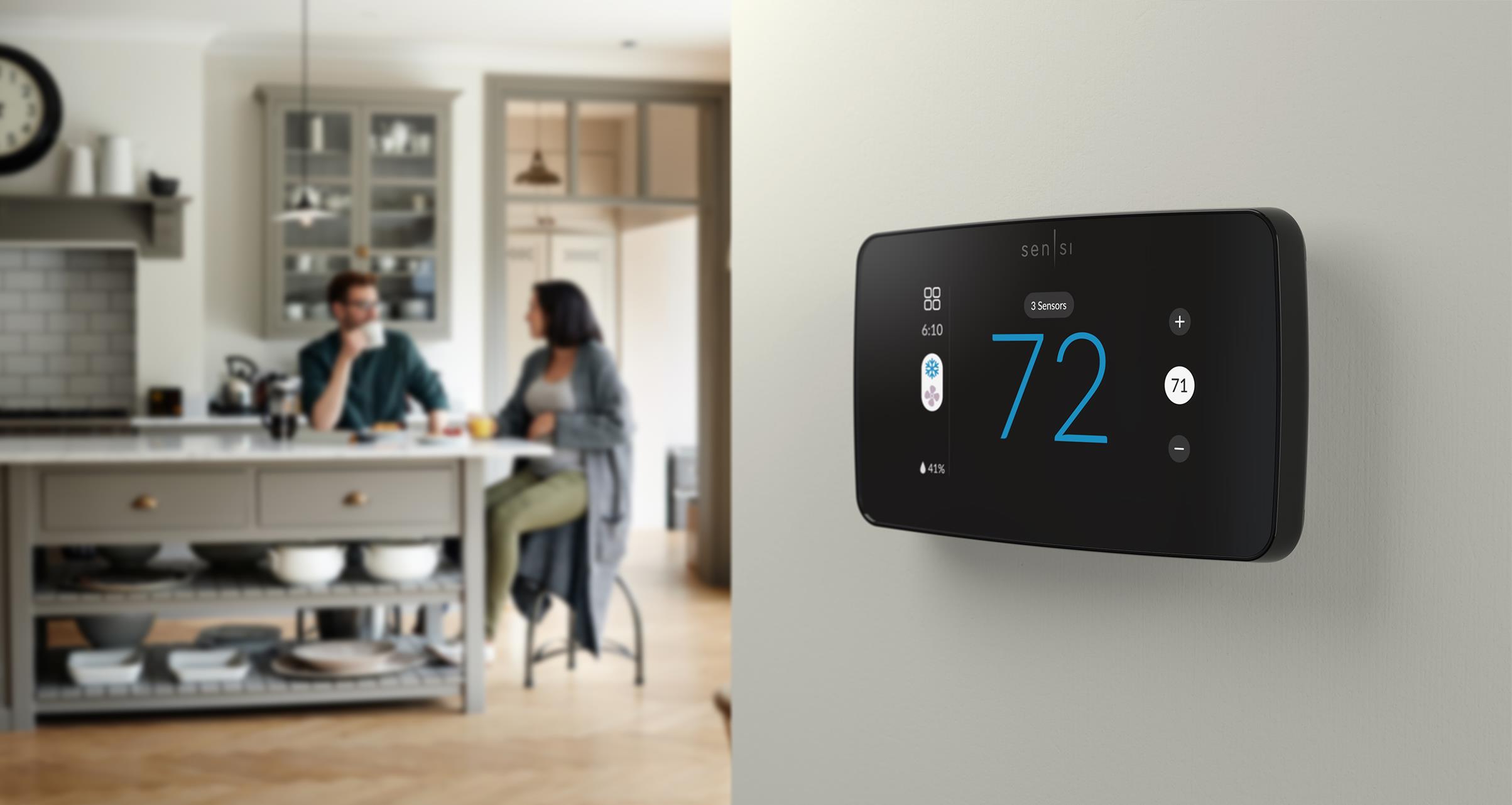
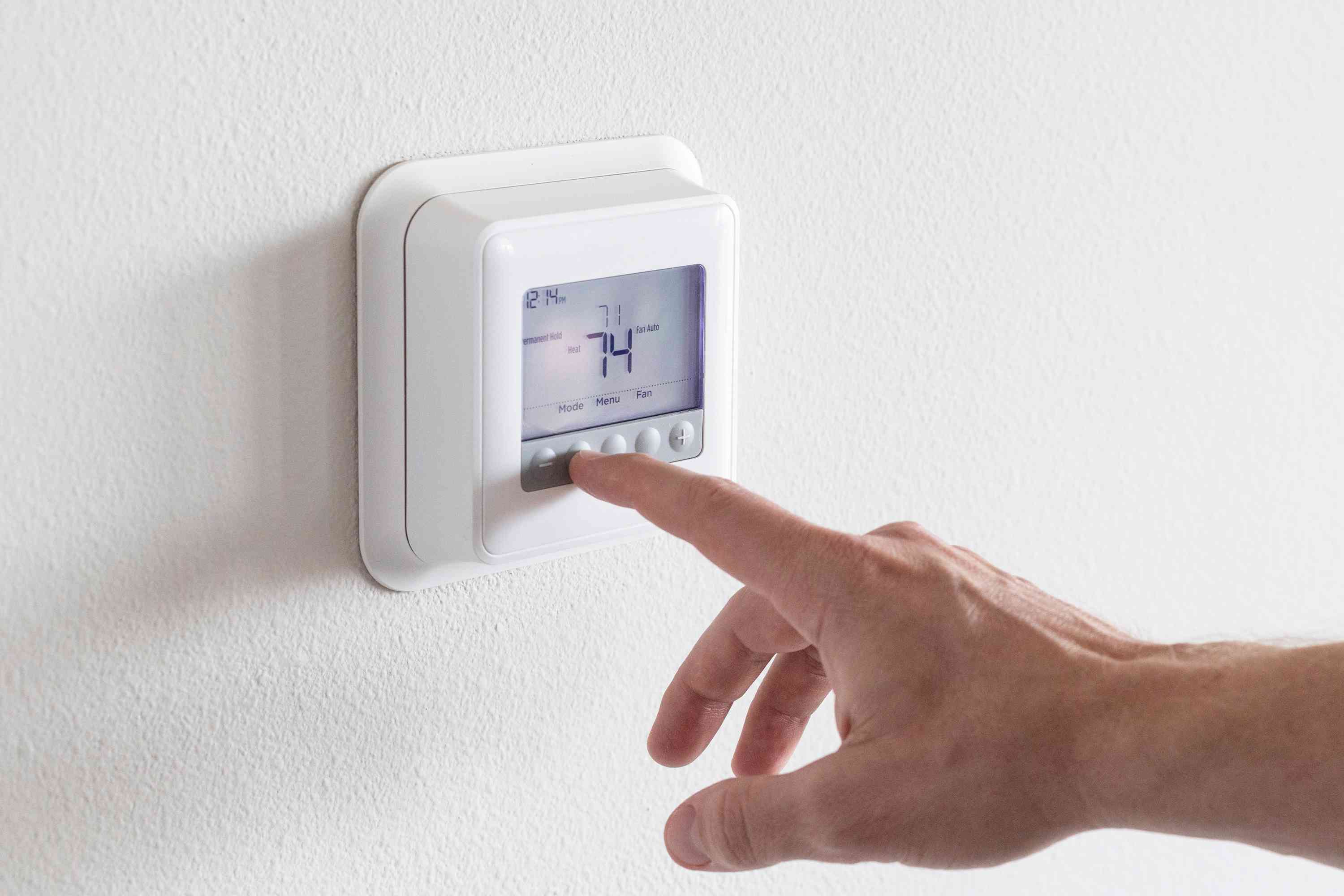
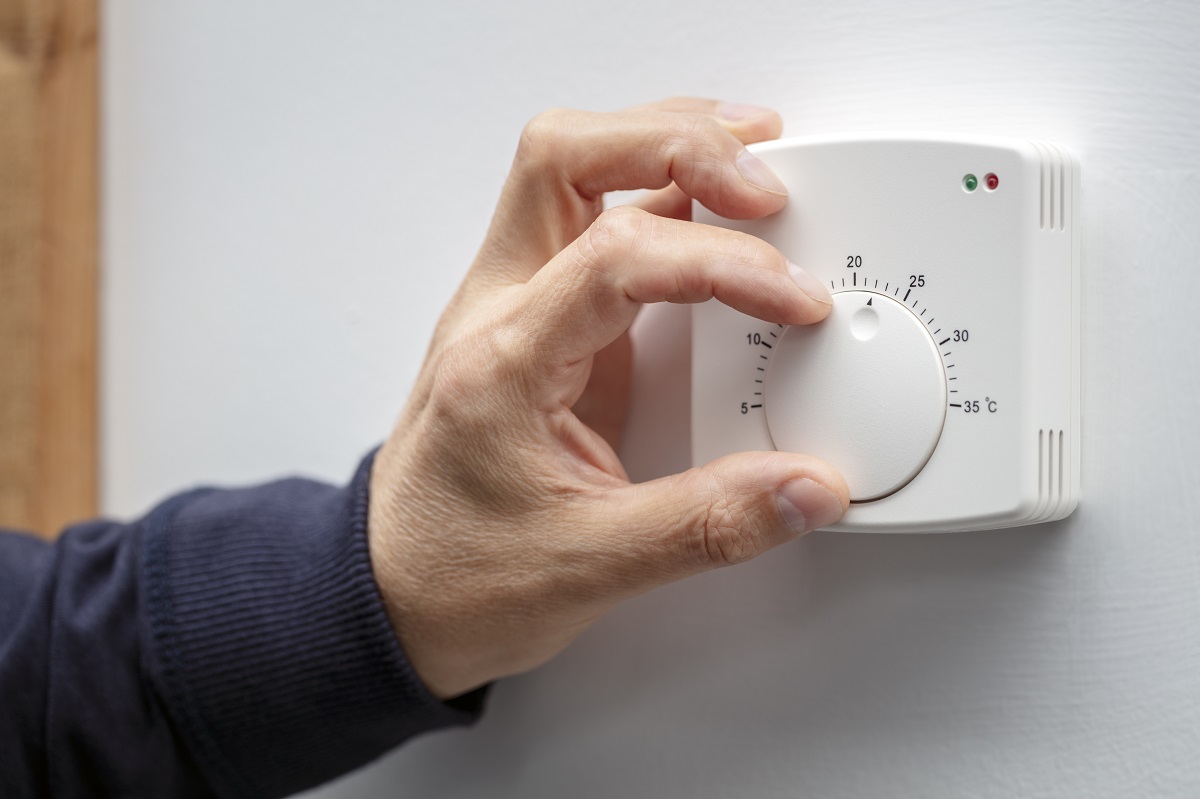
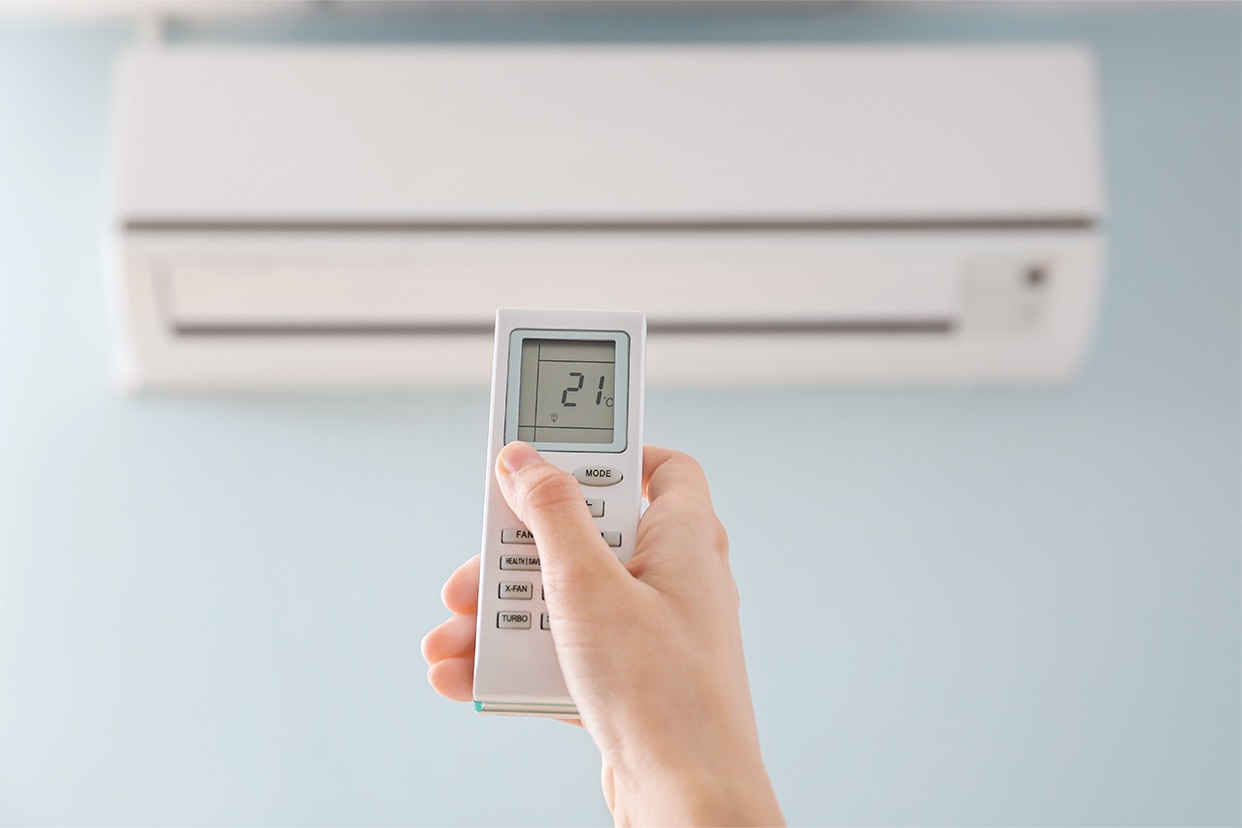
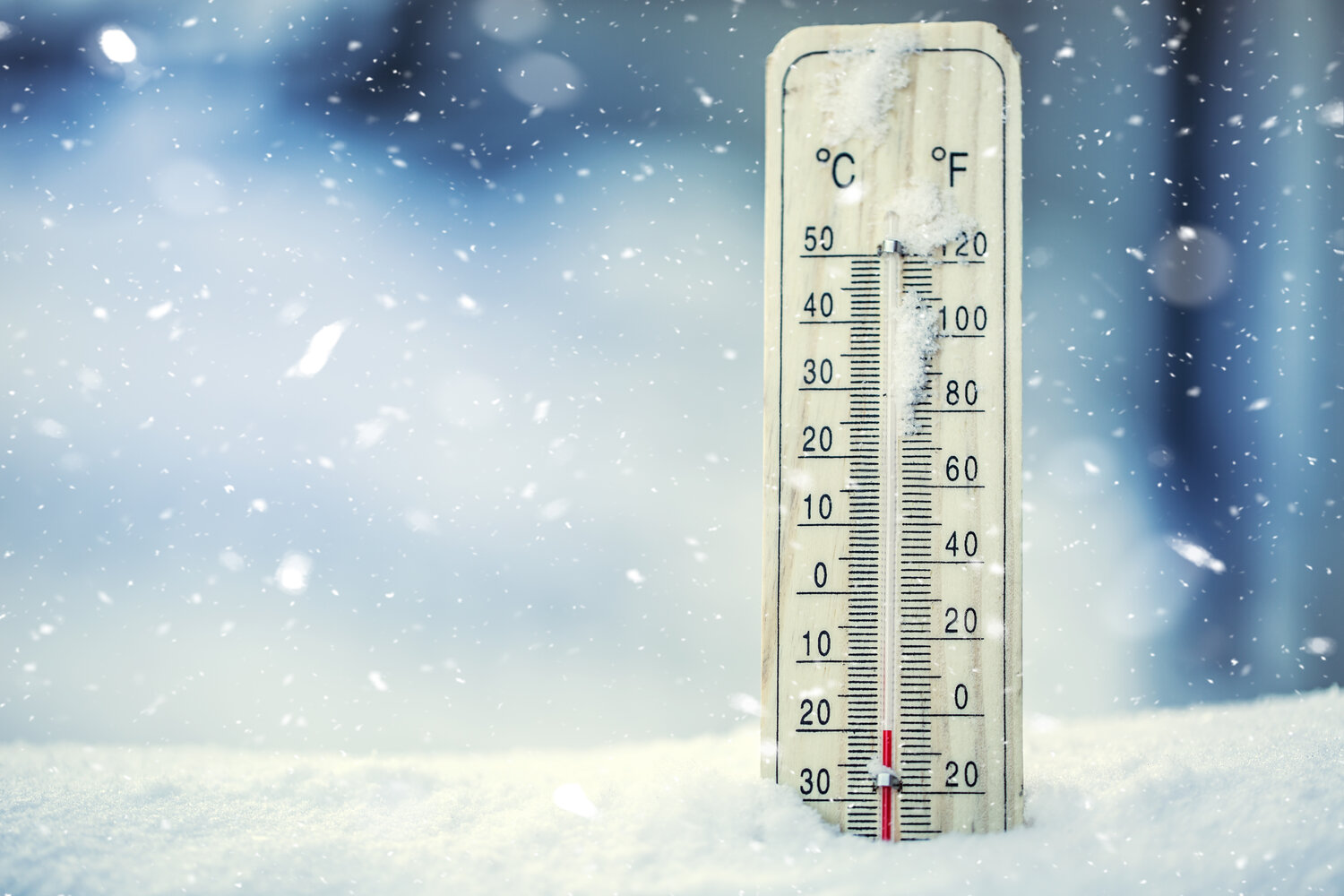


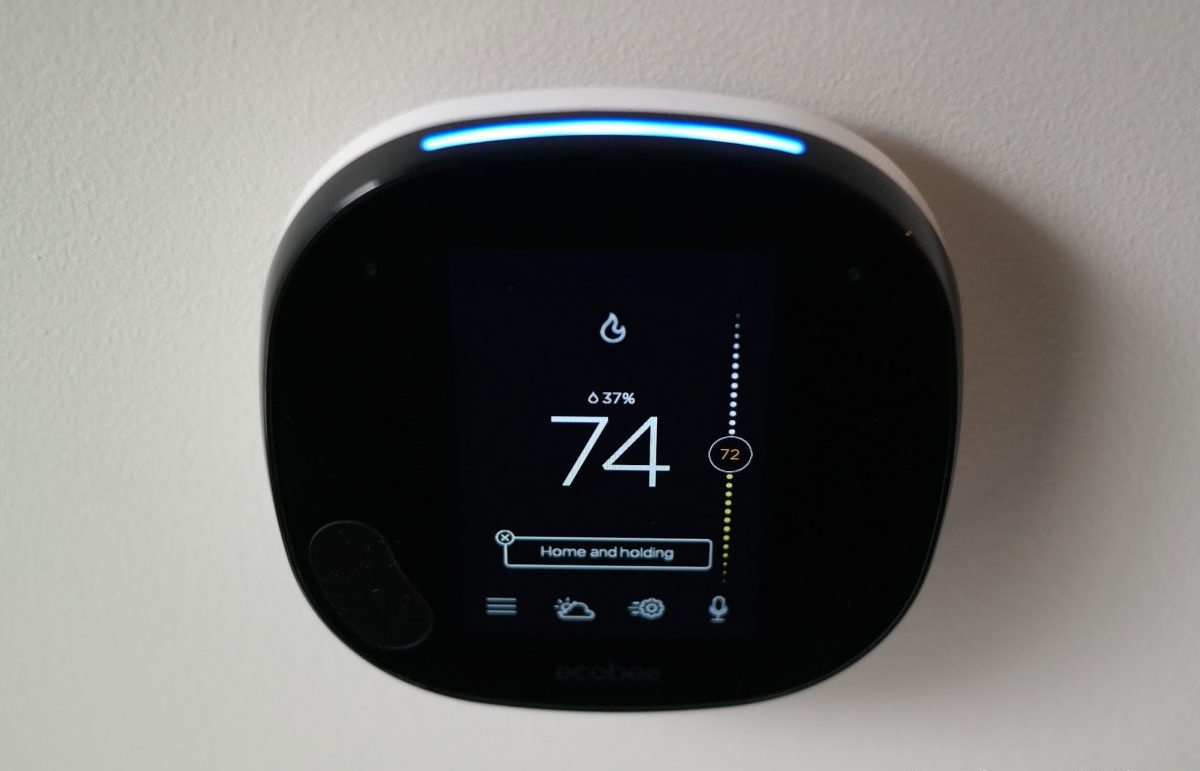

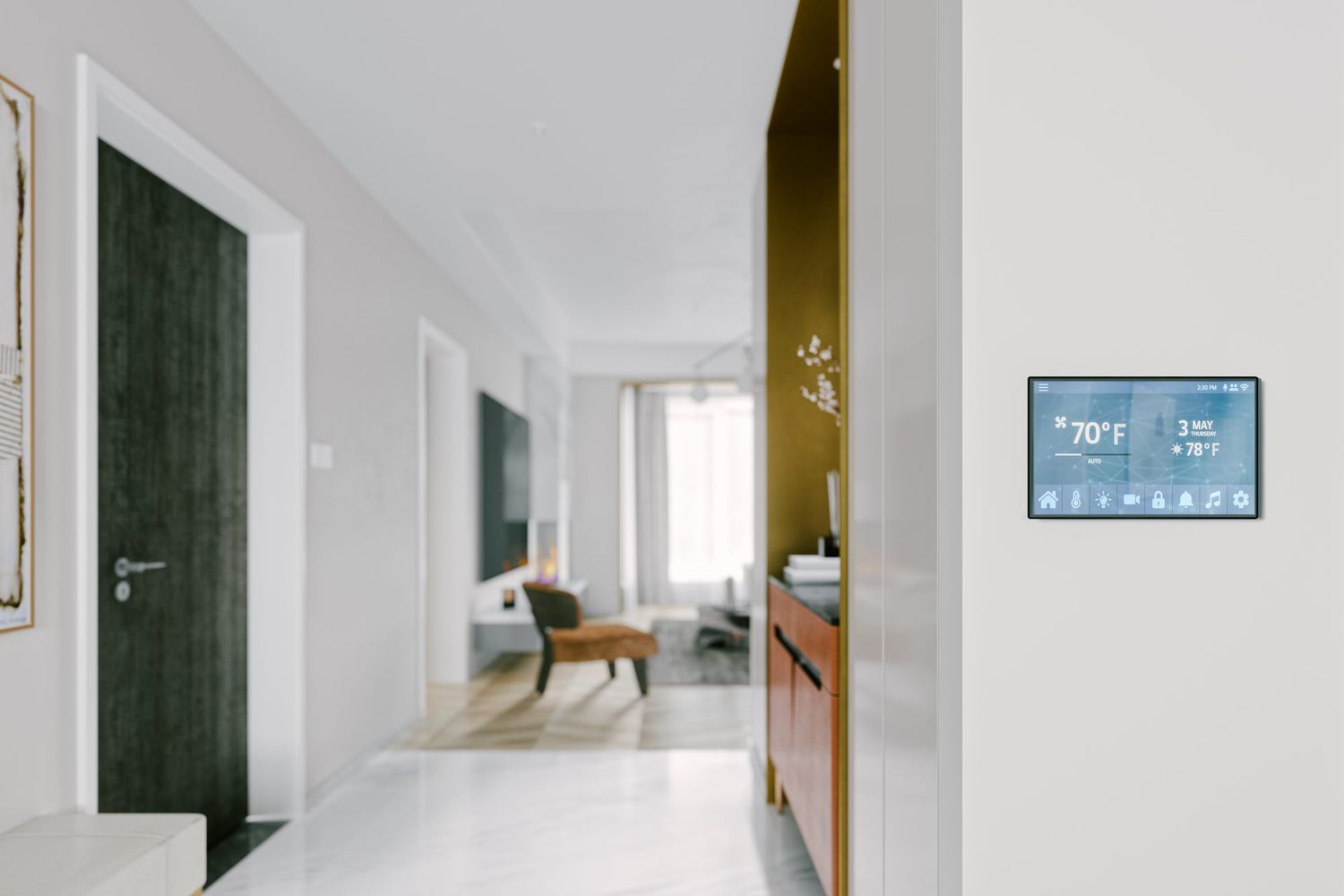
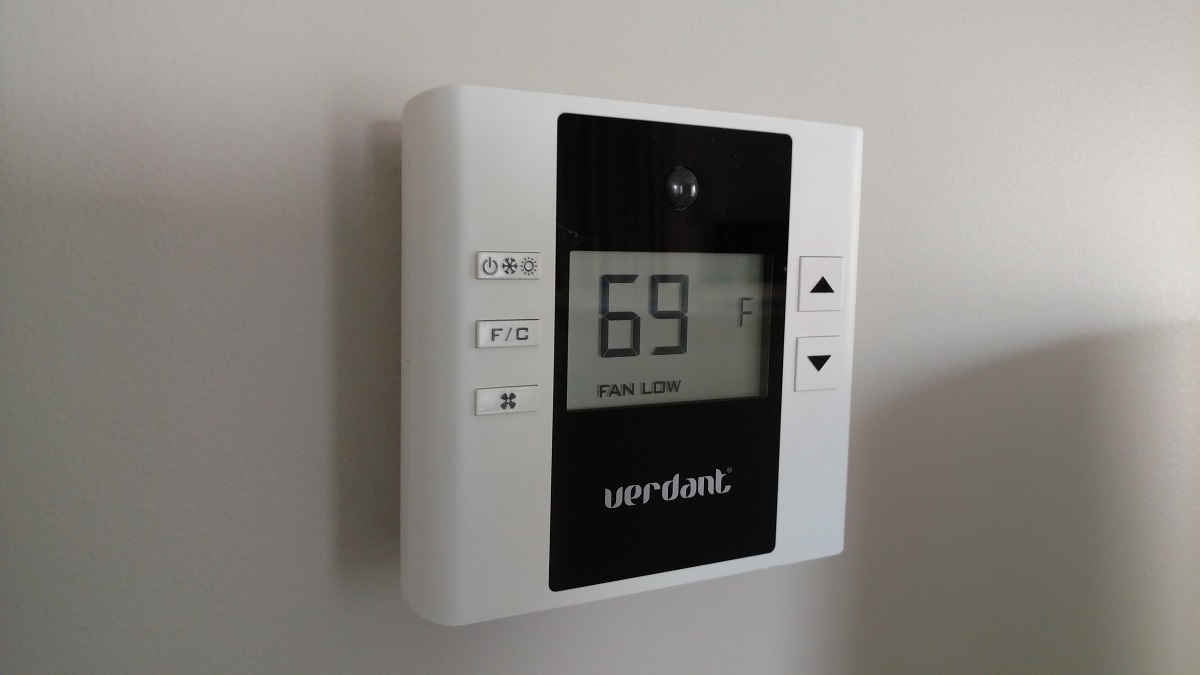
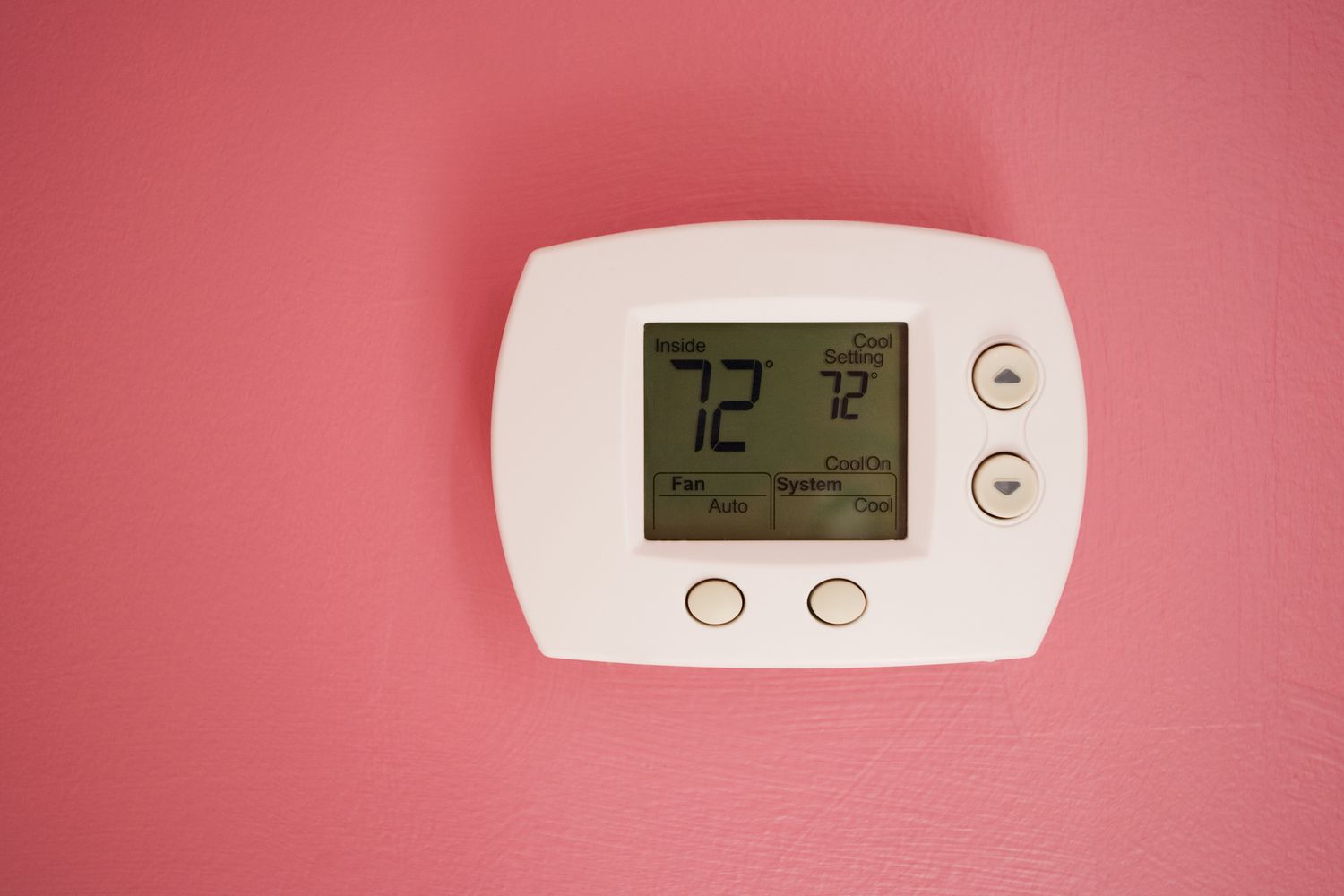
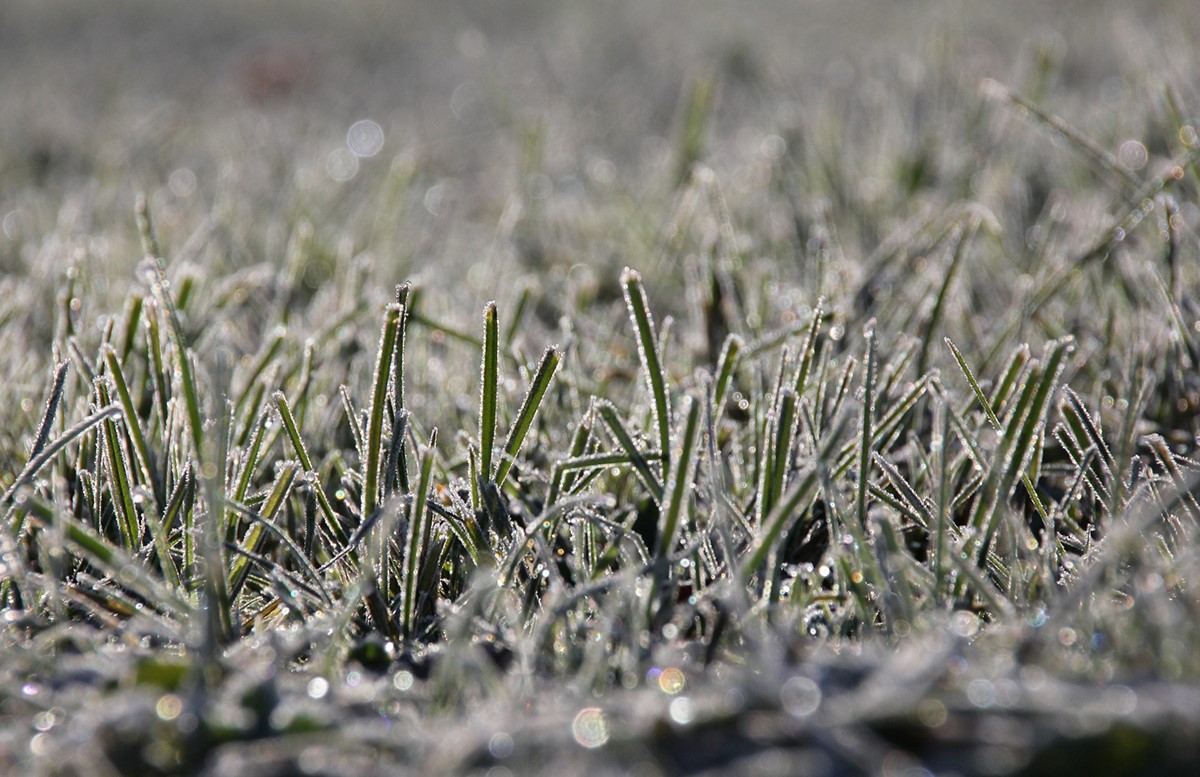
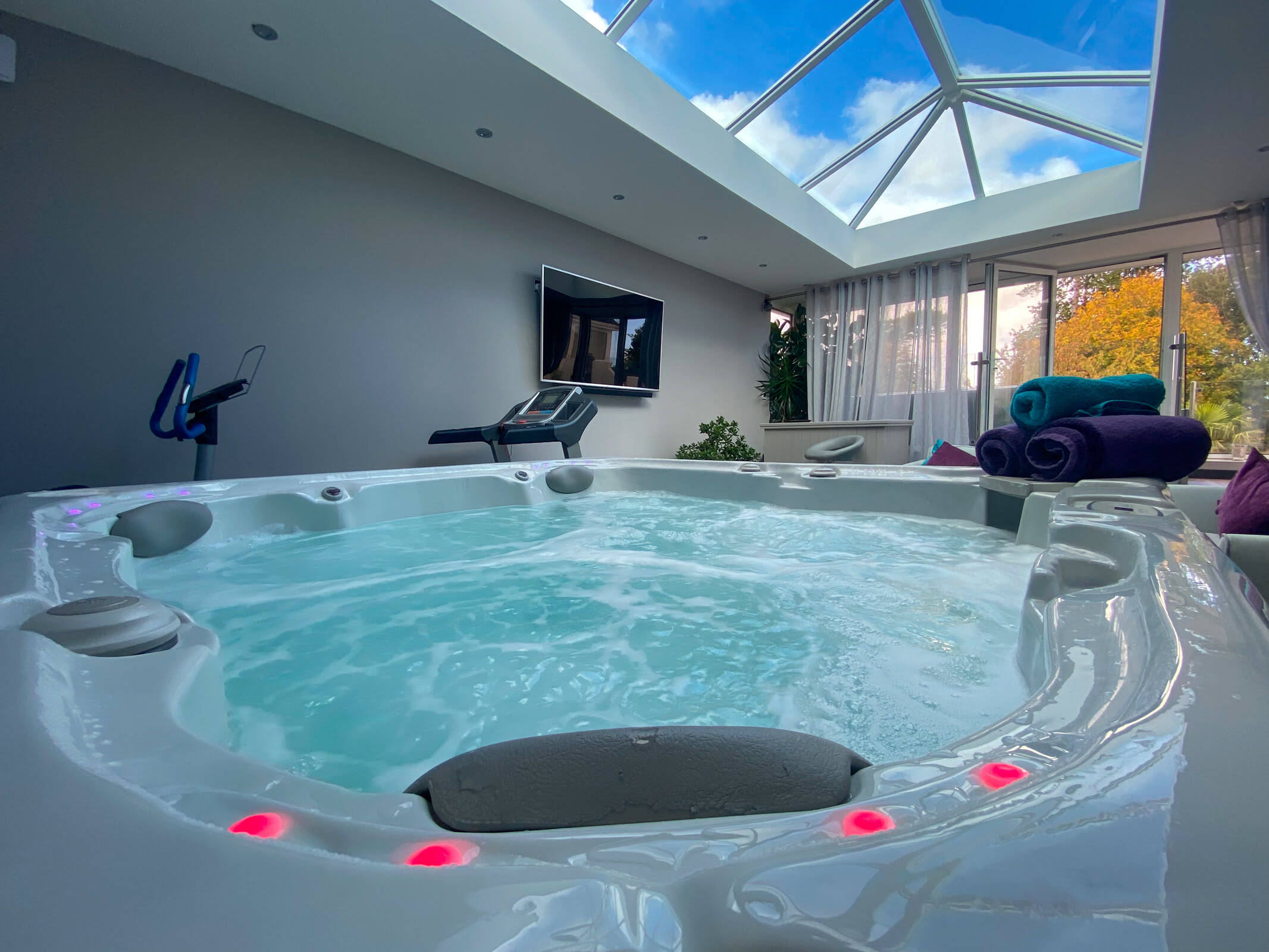
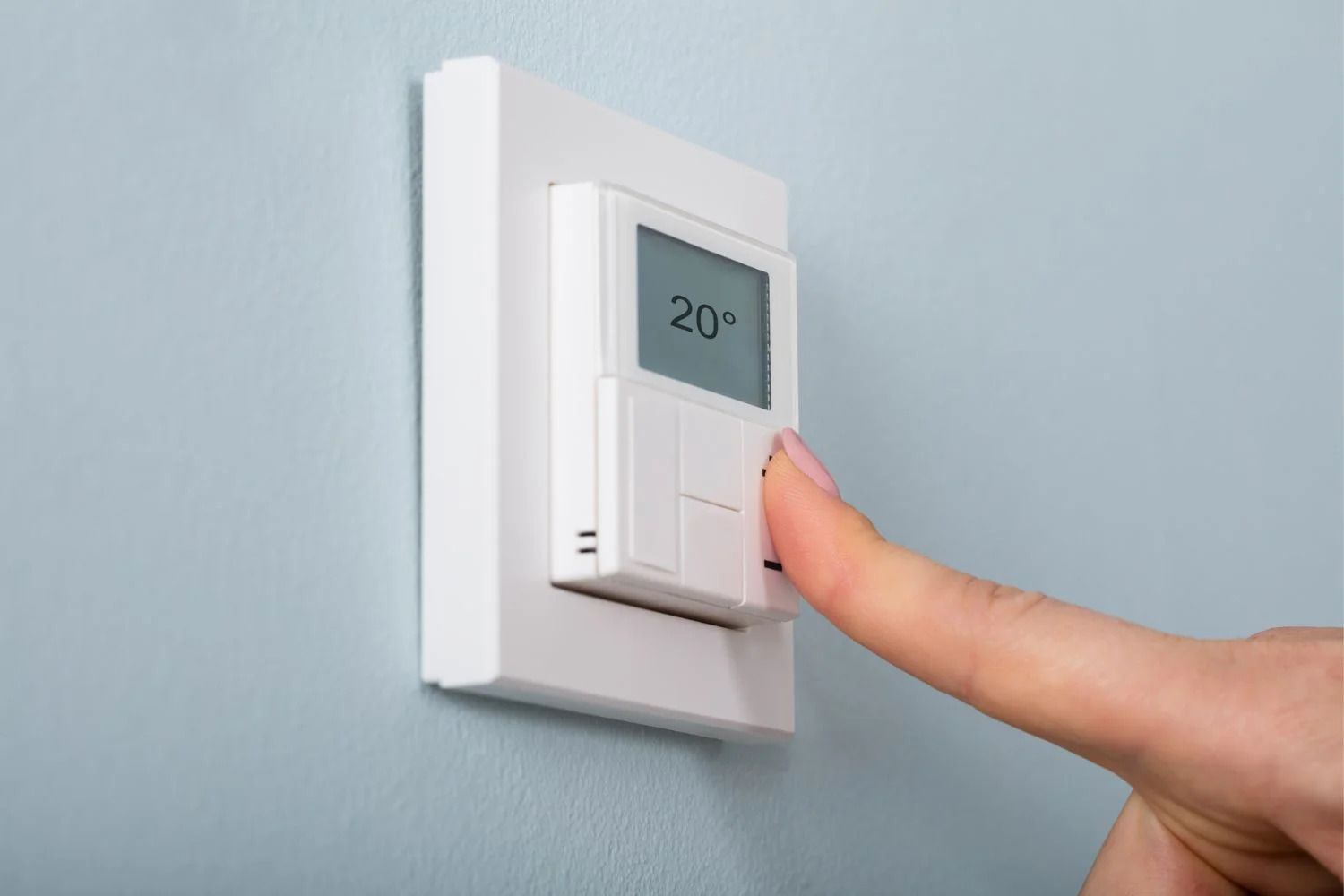

0 thoughts on “What Temperature To Set Thermostat When Away In Winter”